Few US Airline Survivors Predicted
Delta Airlines cuts fares in a price war that Merrill Lynch estimates will sap $2.5 billion in revenues from the six largest airlines. US Airways and United file for bankruptcy, and almost every other airline — Southwest is one of the exceptions — reports significant losses. The cost of oil remains stubbornly high, adding significantly to cost pressures. The question is: How do you fix an industry littered with walking zombies?
Wharton School professors have a few suggestions. First and foremost is to liquidate a few airlines — allowing them to die, and most importantly, to stay dead. Only then will enough capacity be removed from the industry to let carriers turn a profit. “If one airline goes under it will strengthen the others,” says business and public policy professor Elizabeth Bailey. “There are too many carriers and too much capacity. This industry hasn’t been in equilibrium as long as I have been watching it.” W. Bruce Allen, also a business and public policy professor, agrees. “My big complaint with this industry is that you ought to be able to die,” says Allen, referring to the numerous lifelines thrown to carriers, like US Airways, by bankruptcy judges.
Part of the problem is history. Legacy carriers such as American and United were formed when airlines were regulated, in part to provide stability for what was then a young industry. Under that system, airlines could break even running at 50% capacity. When deregulation began in 1979, consumers benefited from lower fares, but the airlines never managed to overcome the liability of high fixed costs set during that earlier era. Today, 70% of airline seats are full and only one carrier (Southwest) is regularly profitable.
If even just a handful of airlines disappeared, Bailey estimates the industry could continue to keep prices reasonable, offer good service and make money. She suggests the job could be done with a total of nine carriers split into three areas: international travel (United primarily), domestic hub and spoke routes (Delta) and point-to-point flying (JetBlue and Southwest). “This industry, like others, is an oligopoly,” says Bailey. “How many domestic automakers do we have? Three (General Motors, Ford and DaimlerChrysler) and one is foreign owned. The airline industry should be like that.”
Source: Knowledge@Wharton
 United Kingdom
United Kingdom United States
United States Asia Pacific
Asia Pacific

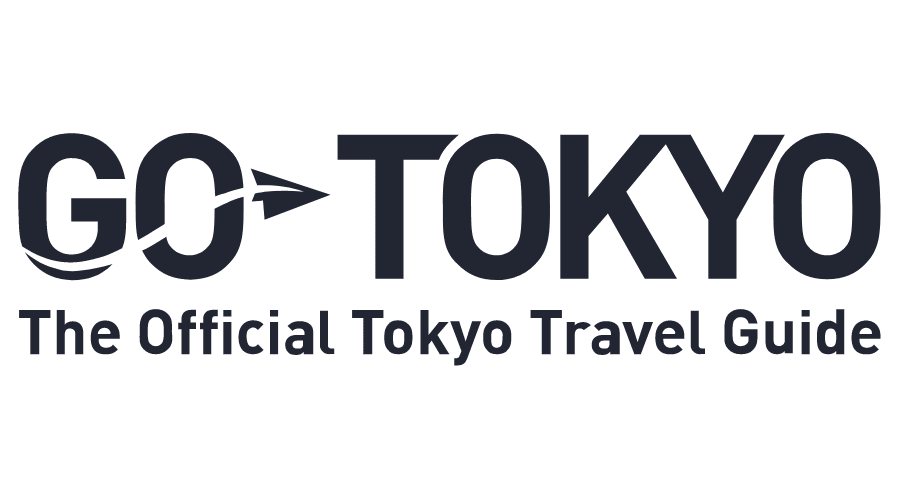
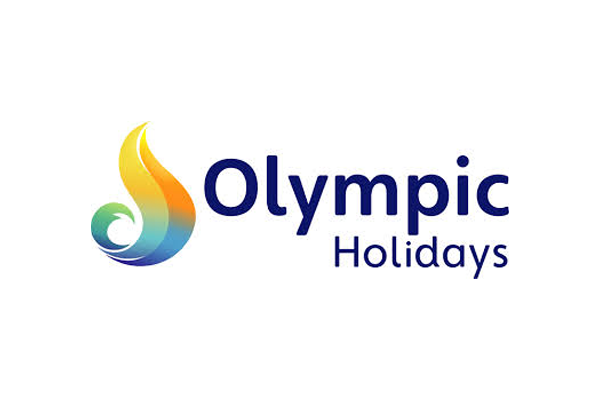
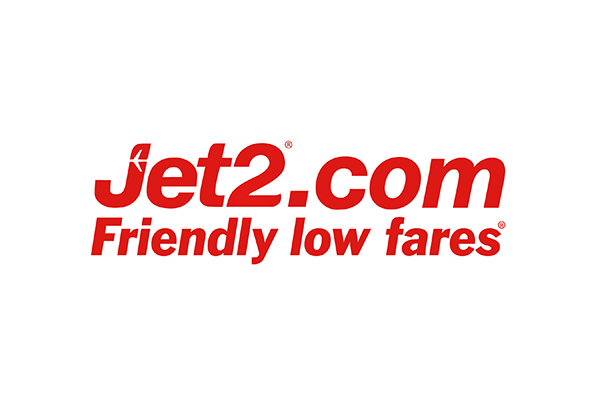










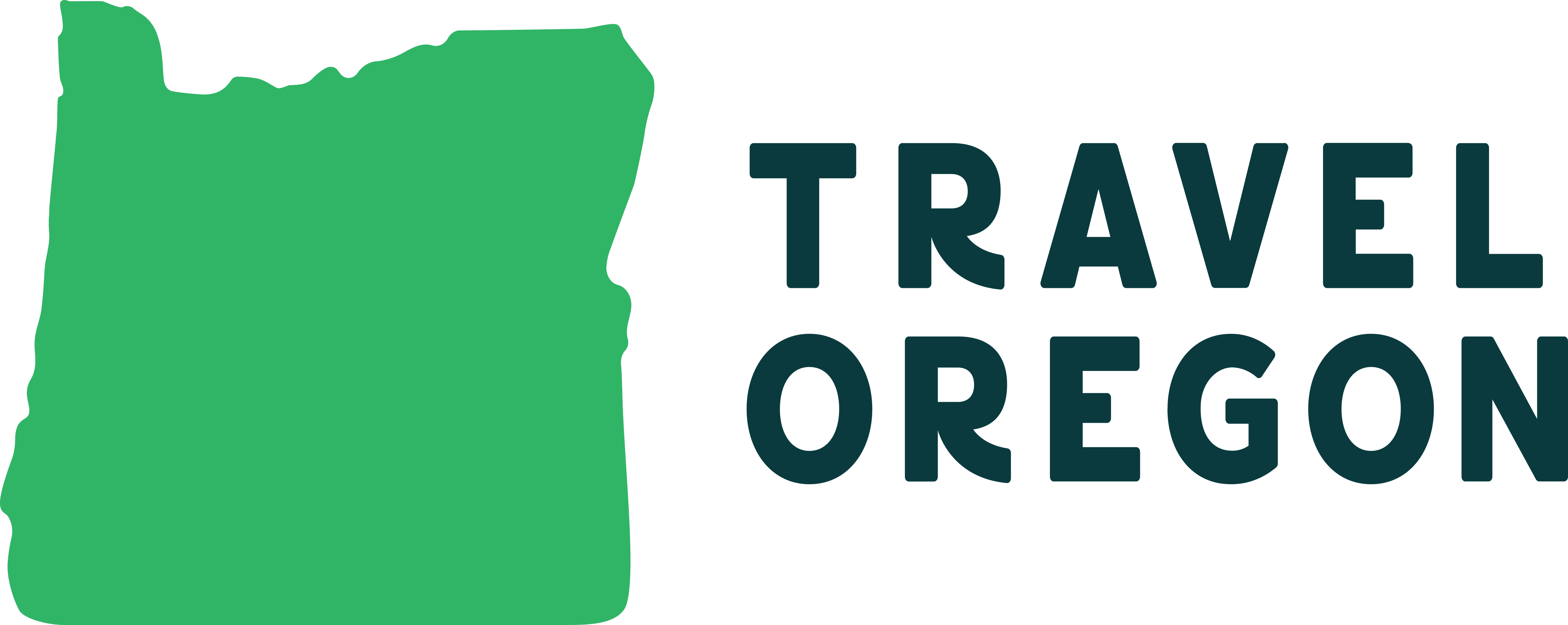
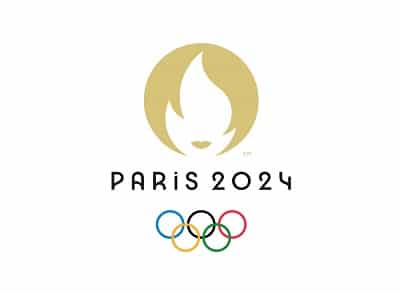

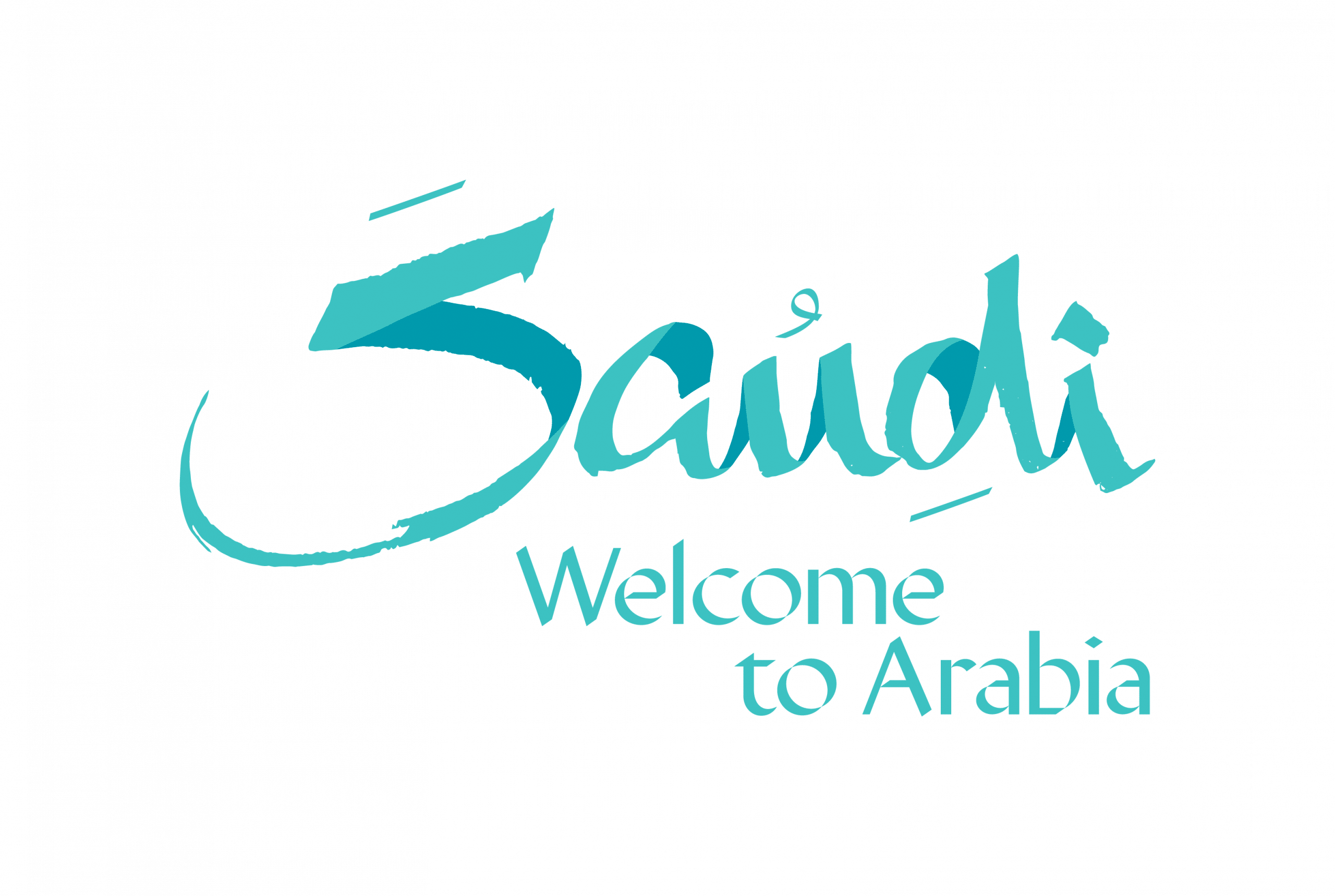
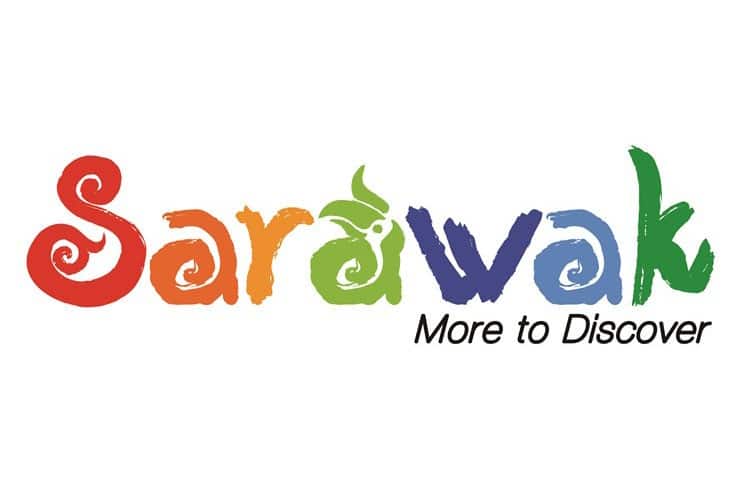

























Boy falls to death on cruise ship
Dozens fall ill in P&O Cruises ship outbreak
Turkish Airlines flight in emergency landing after pilot dies
Unexpected wave rocks cruise ship
Woman dies after going overboard in English Channel